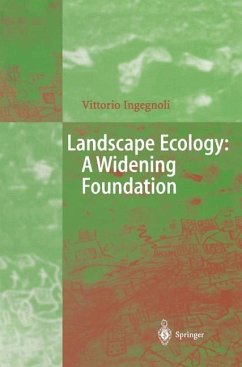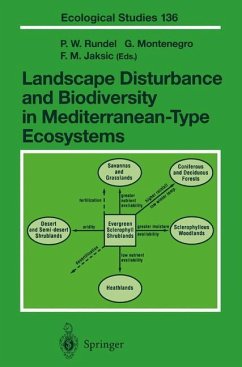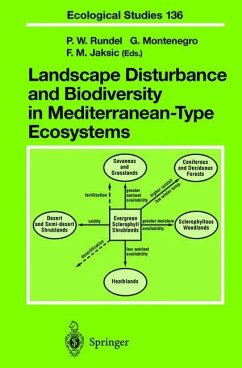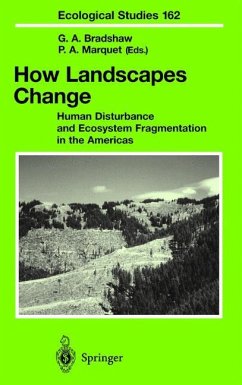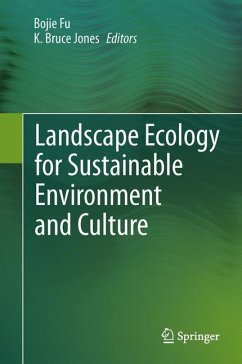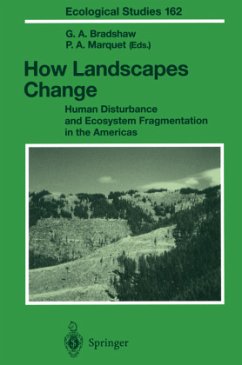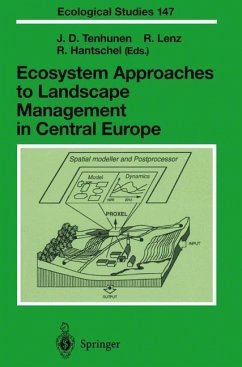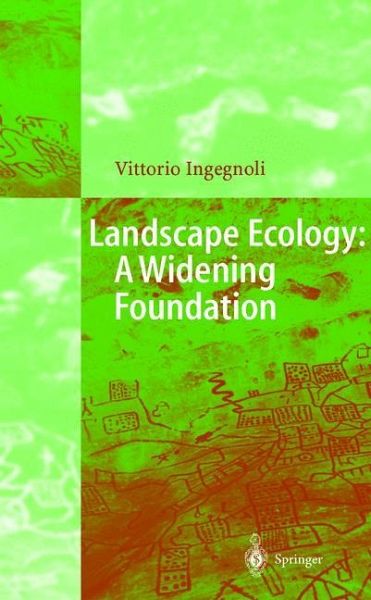
Landscape Ecology: A Widening Foundation
Versandkostenfrei!
Versandfertig in 1-2 Wochen
115,99 €
inkl. MwSt.
Weitere Ausgaben:

PAYBACK Punkte
58 °P sammeln!
The urgent need for a sustainable environment has resulted in the increased recognition of the field of landscape ecology amongst policy makers working in the area of nature conservation, restoration and territorial planning. Nonetheless, the question of what is precisely meant by the term 'landscape ecology' is still unresolved. Is it, for example, an interdisciplinary approach to the study of the environment at a landscape scale? Or perhaps at the level of biological organisation? Still further, has the inseparability of landscape and culture affected the scope of 'landscape ecology'? No doubt, a proper foundation of the discipline must first be cemented. This book then develops such a foundation. In doing so it provides all the diverse applications of the discipline with a solid framework and proposes an effective diagnostic methodology to investigate the ecological state and the pathologies of the landscape.
Exactly 25 years ago on a warm autumn afternoon a young ecologist walked slowly through a tiny oak wood, and perched on a log to reflect. He had measured and seemingly knew "all" the species present - trees, mosses, mushrooms, birds and more. The research, based on this and other woods in the landscape, was the first rigorous test to see if island biogeographic theory was of use in heterogeneous land. Unexpectedly, an interior-to-edge model was found to be more useful. But on this beautiful sunny day he gazed out through the trees at the surrounding bean and maize fields. Suddenly a terrible thought hit him. The land surrounding the other woods differed slightly from this scene. Here there were two bean fields plus a maize field, meadow, hedgerow and farm road, but the other comparably sized woods studied had different mixes of these land uses. Wouldn't the surroundings seriously affect the species in the woods? Had he done "bad science" (an awful feeling for a scientist)? Immediately he went to all his ecology books, searching for discussions of patchiness, mosaic pattern, interactions between ecosystems, and the like. Nothing. Surprise was a new ingredient to ponder. Then for 3 months every spare moment found him in the university library digging deeper, collecting tidbits and clues. A new feeling took over, challenge and excitement. The spatial arrangement of ecosystems and land uses is important ecologically! A giant but approachable scholarly frontier.



